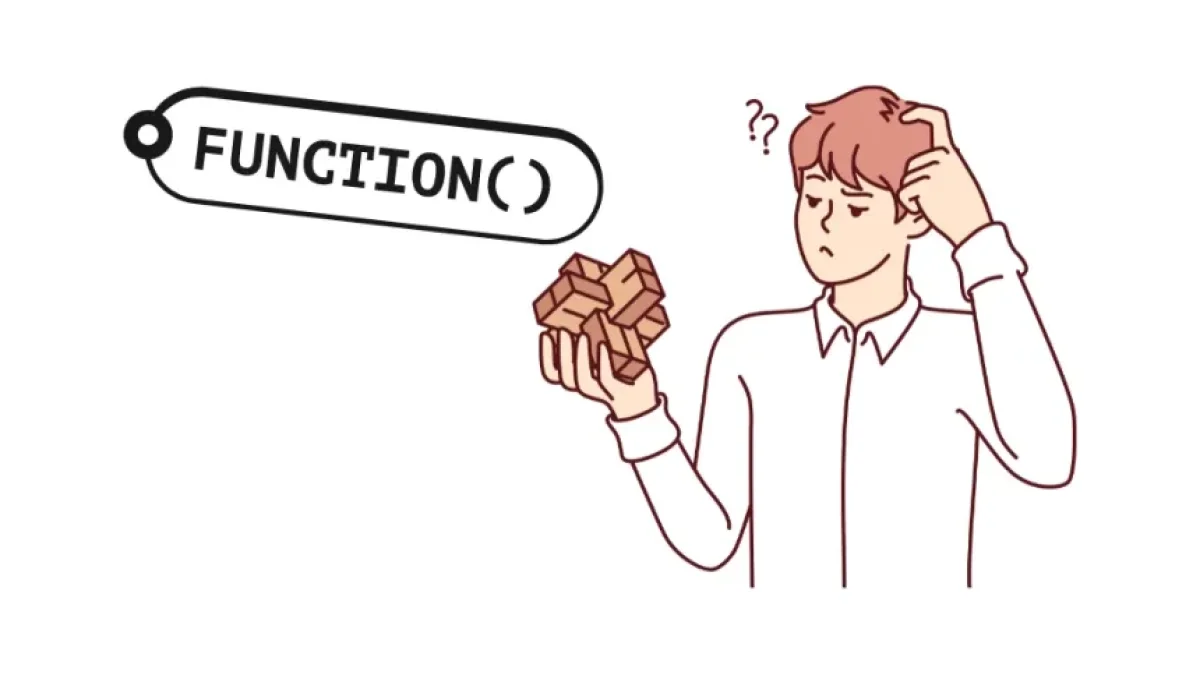Programming is an essential skill in today’s digital world. One of the most important techniques for organizing and structuring a program is the use of functions. In this article, we will explore how to effectively structure a program using functions, which not only improves code quality but also facilitates maintenance and reuse.
What are Functions?
Functions are blocks of code that perform a specific task and can be reused in different parts of a program. Each function can accept input data, process it, and return a result. This modularity makes the code cleaner and easier to understand.
Advantages of Using Functions
- Code Reusability: Once a function is defined, it can be called multiple times without needing to rewrite the code.
- Better Organization: Functions allow you to break a large program into smaller, manageable modules.
- Ease of Maintenance: If a change is needed, it's easier to update a function than to update the same code in multiple places.
- Simplified Debugging: With independent functionalities, identifying errors becomes easier and quicker.
How to Structure a Program Using Functions
Now that we understand what functions are and why they are valuable, let's explore how we can effectively structure a program using functions.
1. Define the Purpose of the Program
Before starting to write code, it is crucial to have a clear vision of the program's purpose. This will help identify which functions will be necessary.
Example:
If you are creating a program that manages a library, you may need functions to:
- Add books
- Search for books
- Lend books
- Return books
2. Divide the Program into Functions
Once you’ve defined the purpose, the next step is to break the work down into specific functions. Each function should handle a single, clear task.
Example of Functions:
def add_book(title, author):
# Code to add a new book to the library
pass
def search_book(title):
# Code to search for a book in the library
pass
def lend_book(title):
# Code to lend a book
pass
def return_book(title):
# Code to return a book
pass3. Implement the Functions
After defining the functions, the next step is to implement each one of them. Make sure that each function performs its job efficiently and clearly.
Example Implementation:
def add_book(title, author):
books.append({'title': title, 'author': author})
def search_book(title):
for book in books:
if book['title'] == title:
return book
return None
def lend_book(title):
book = search_book(title)
if book:
# Code to mark the book as lent
pass
def return_book(title):
book = search_book(title)
if book:
# Code to mark the book as returned
pass4. Organize and Document the Code
Documentation is a fundamental part of programming. Each function should have a comment describing its purpose, the parameters it receives, and what it returns. This will make the program easier to understand for other programmers (or for yourself in the future).
Example of Documentation:
def add_book(title, author):
"""
Adds a new book to the library.
Args:
title (str): The title of the book.
author (str): The author of the book.
"""
books.append({'title': title, 'author': author})5. Function Testing
Once you have implemented the functions, the next step is to test them to ensure they function as expected. Unit testing is a good practice to verify that each function produces the correct results.
Example of Tests:
def test_add_book():
add_book("1984", "George Orwell")
assert search_book("1984") is not None
def test_lend_book():
lend_book("1984")
book = search_book("1984")
# Verify that the book is lentConclusions
Structuring a program using functions is a fundamental technique that can significantly improve code quality. By breaking the work into smaller, manageable parts, you will facilitate reusability, maintenance, and debugging. Additionally, by documenting and testing each function, you will ensure that your program is robust and easy to understand.
While this article has covered the basics of how to structure a program using functions, practice is key. Start applying these principles in your own projects and observe how not only the structure of your code improves, but also your ability to work on more complex projects.




















